Paul Klee (German, 1879-1940) 72 Cyanotypes
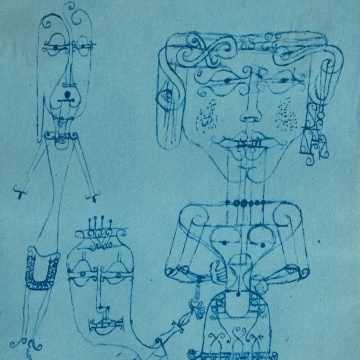
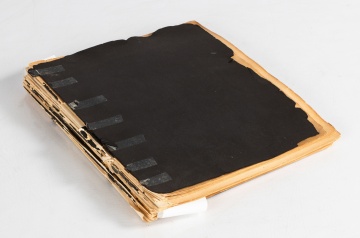
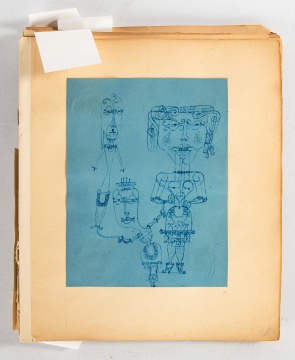

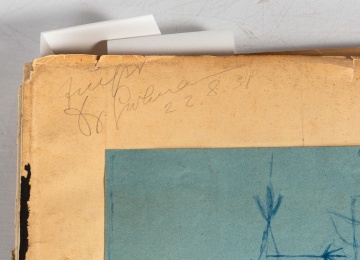
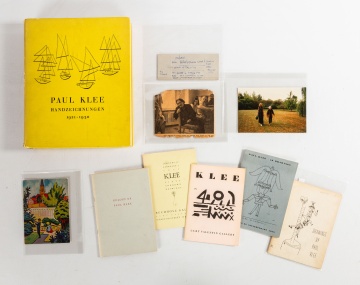
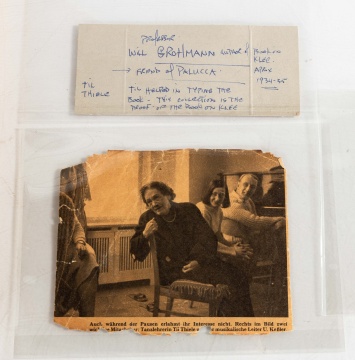

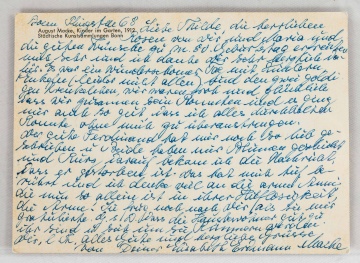
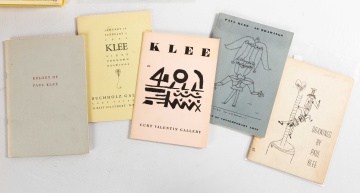
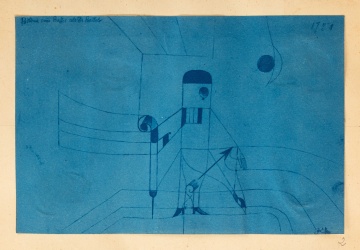
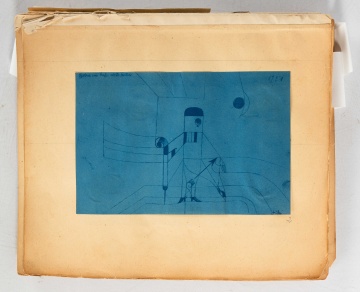
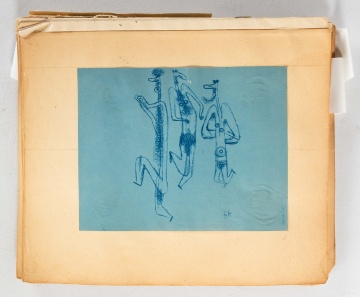
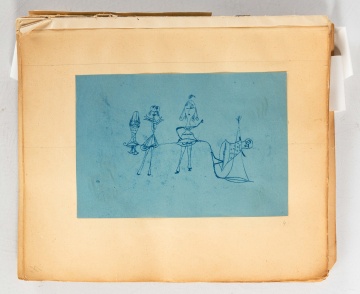
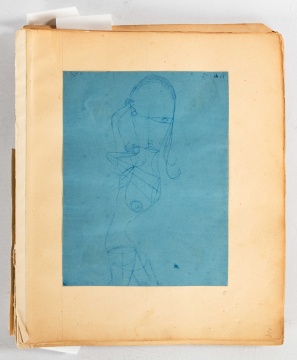
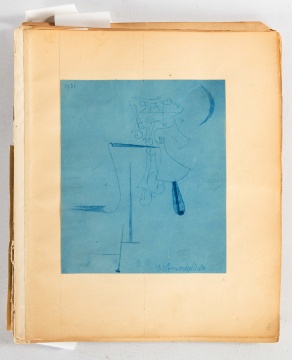
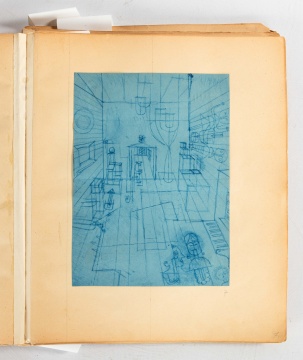
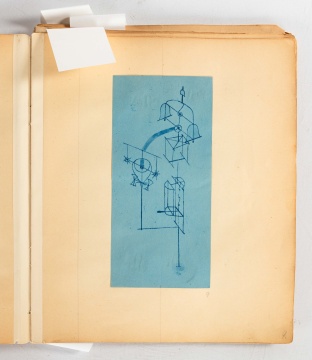
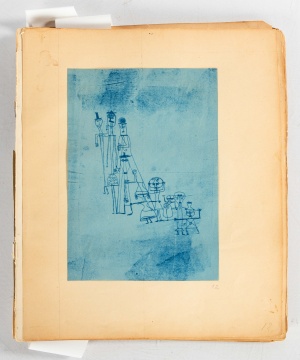
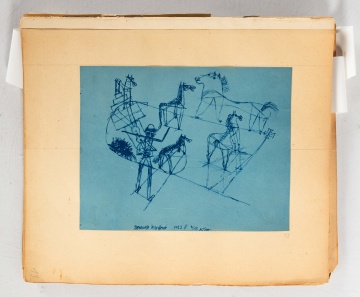
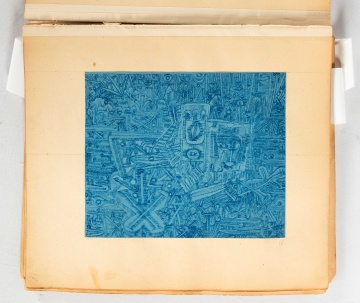
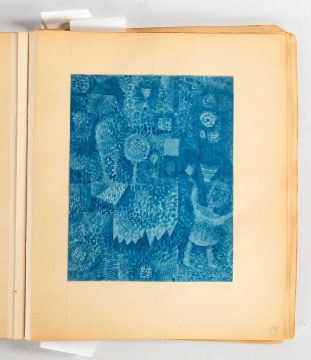


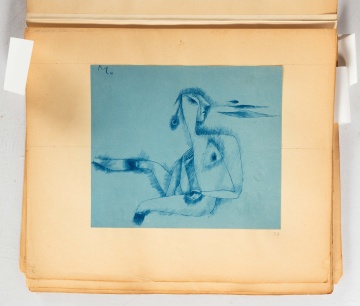
| Lot #: 10 Paul Klee (German, 1879-1940) 72 Cyanotypes |
|
22 August 1931. Book of Blueprints (Cyanotypes) 72 plates in total. For Paul Klee - Handzeichnungen 1921-1930. The cyanotypes are the maquette for Klee’s book of Handzeichnungen 1921-1930 with an introduction by Will Grohmann, renowned art critic. The book was published in 1934 and confiscated in 1936 by the Nazis. Grohmann’s introduction was typed by Mathilde (Til) Thiele. As money was scarce, Klee gave Til the book of cyanotypes in lieu of pay. Will Grohmann”s signature in pencil is on the first page. Note: Palucca one of the most recognized dancers of Germany's Weimar Republic (1918-1933). Regularly featured in mainstream women's style magazines such as Die Dame and Uhu (The Owl), Palucca served as a model of the New Woman, the media icon of the fashionably emancipated woman, whose liberation was signified, in large part, through modern movement. At the same time, Palucca cultivated connections with the avant-garde, especially with artists. Art and dance critic Will Grohmann introduced her to the cultural elite; a Piet Mondrian painting hung in her dance studio; Palucca purchased a Paul Klee painting as a birthday gift for her husband; and Ernst Ludwig Kirchner filled sketchbooks with drawings of her solo dance rehearsals. In other words, Palucca promoted herself as a mass-media star and an avant-garde performer. |
| Approx. 7 1/2 x 5 1/4 in. (each) |
|
Provenance Expressionist dancer Mathilde (Til) Thiele. (Friend of Palucca). |
|
Auction Date Nov 21, 2024 |
| Estimate: $40,000-$60,000 |
Details:
Paul Klee (German, 1879-1940)
Paul Klee’s highly individual style was influenced by movements in art that included expressionism, cubism, and surrealism. Klee was a natural draftsman who experimented with and eventually deeply explored color theory, writing about it extensively; his lectures “Writings on Form” and “Design Theory” (Schriften zur Form und Gestaltungslehre), published in English as the Paul Klee Notebooks, are held to be as important for modern art as Leonardo da Vinci's “A Treatise on Painting” was for the Renaissance. He and his colleague, Russian painter Wassily Kandinsky, both taught at the Bauhaus school of Art, Design and Architecture in Germany. His studio at the Bauhaus was referred to as “the magic kitchen.” His works reflect his dry humor and his sometimes-childlike perspective, his personal moods and beliefs, and his musicality.
Shipping Information:
Unlike many auction companies, Cottone Auctions offers a full-service shipping department. We’re equipped to pack and safely ship just about any item to just about any location around the globe.
Learn more >



